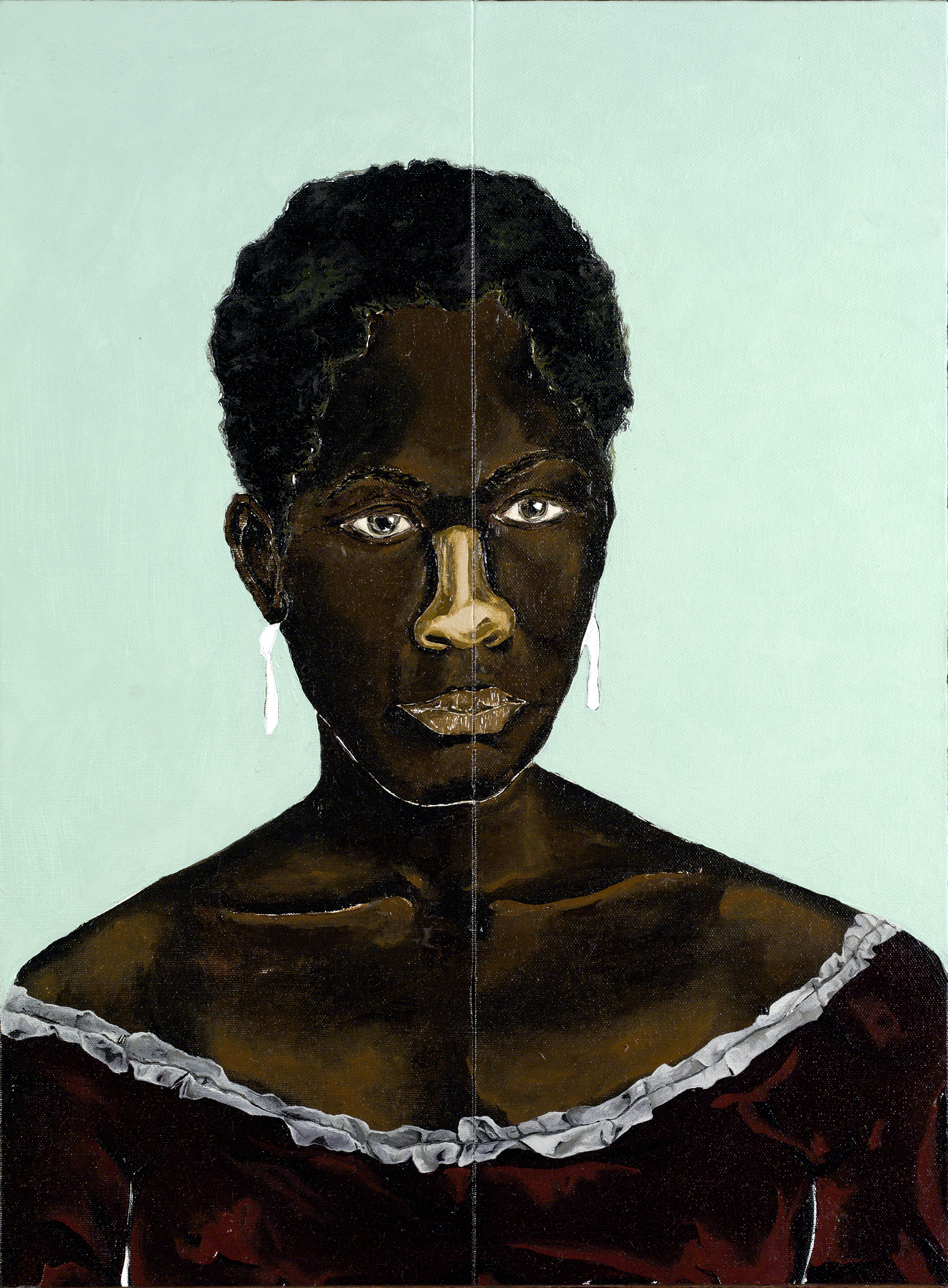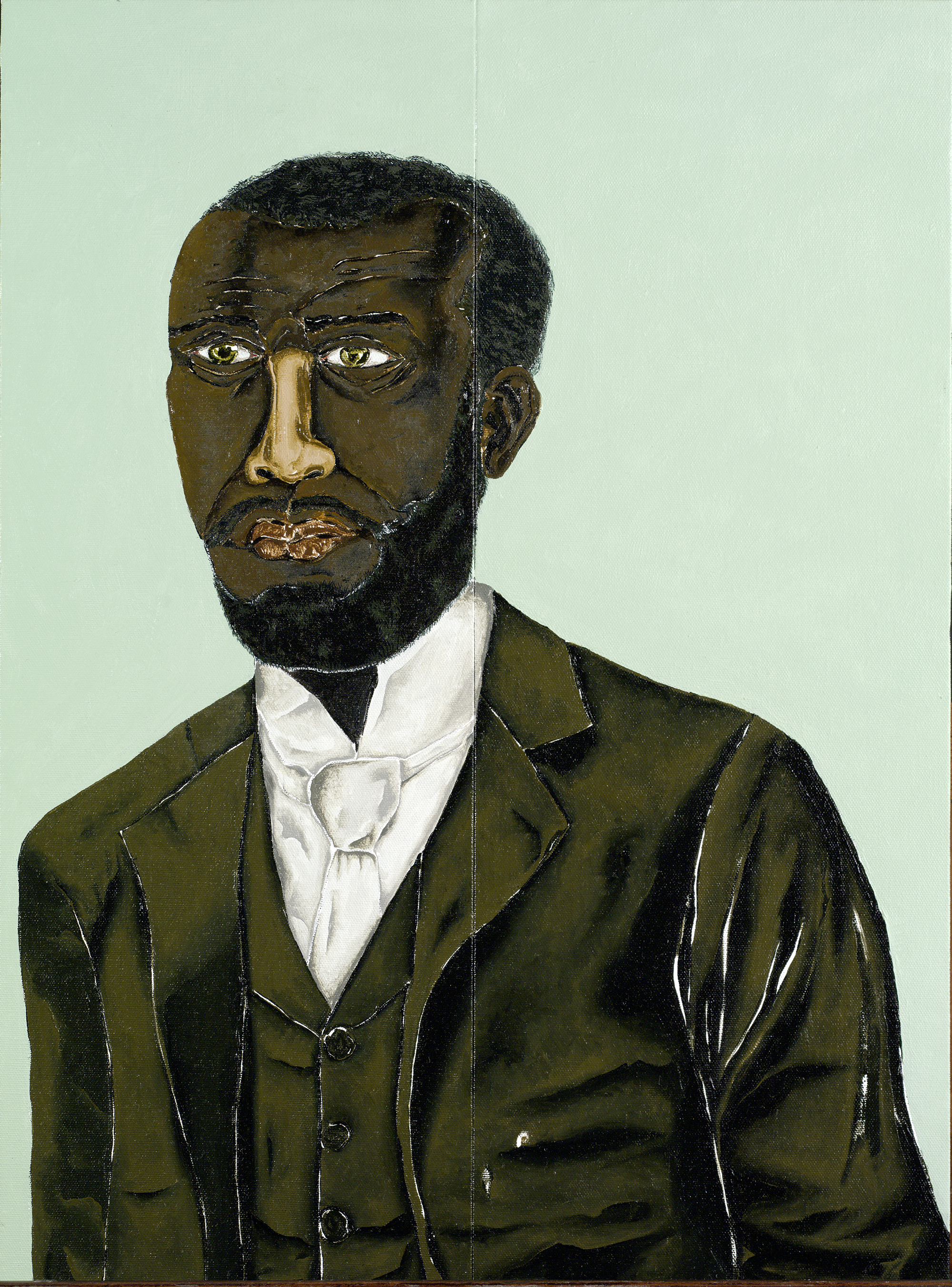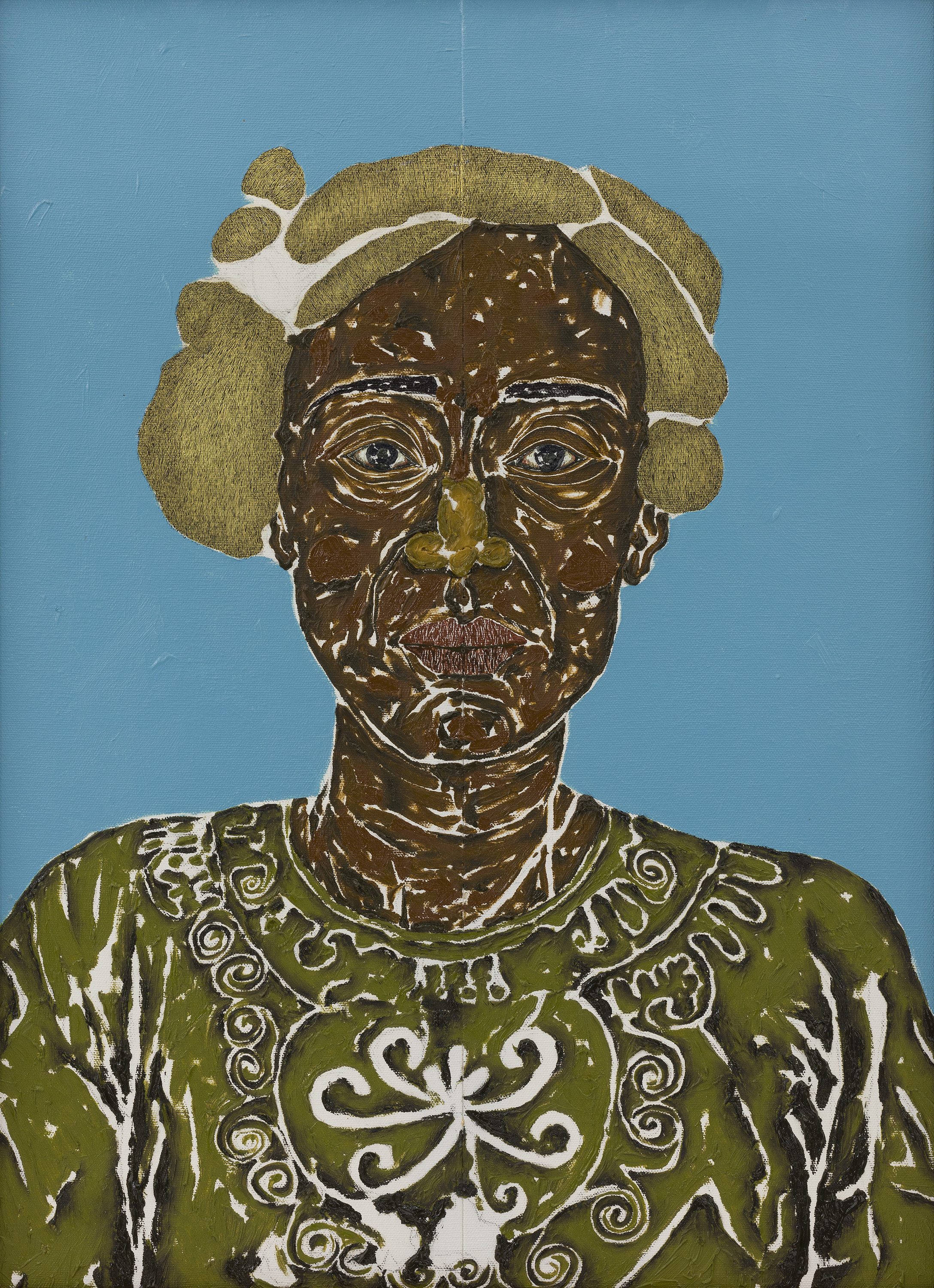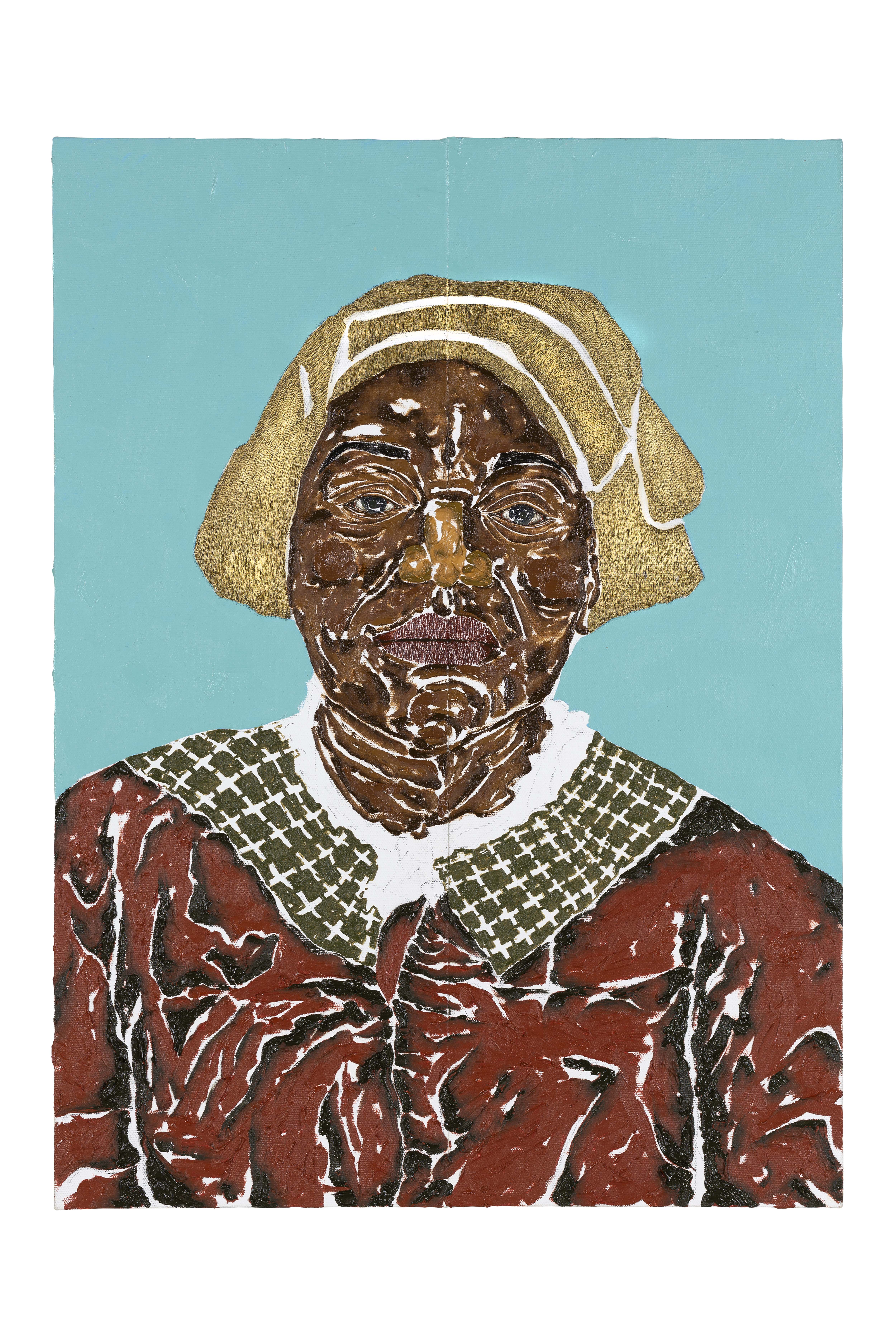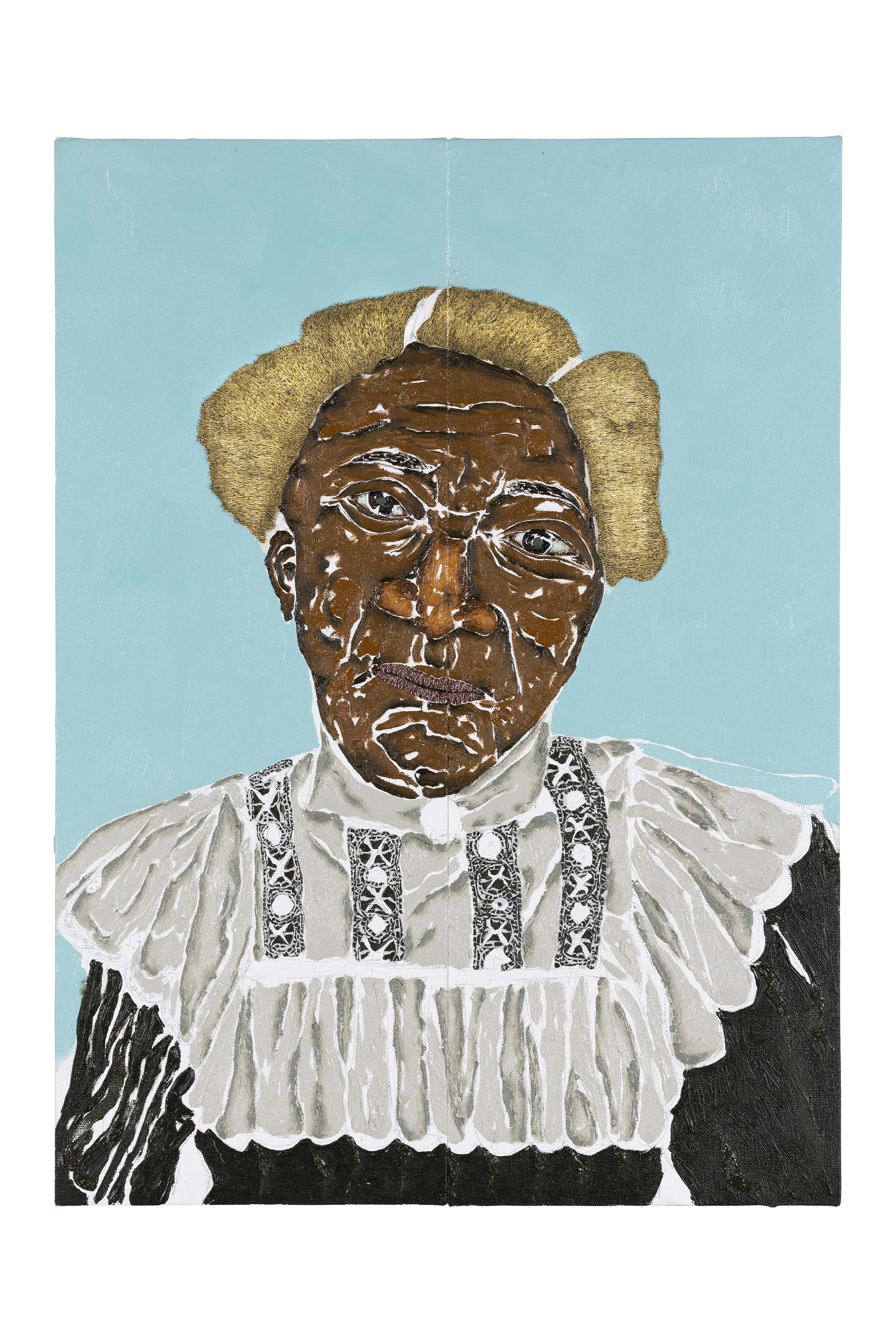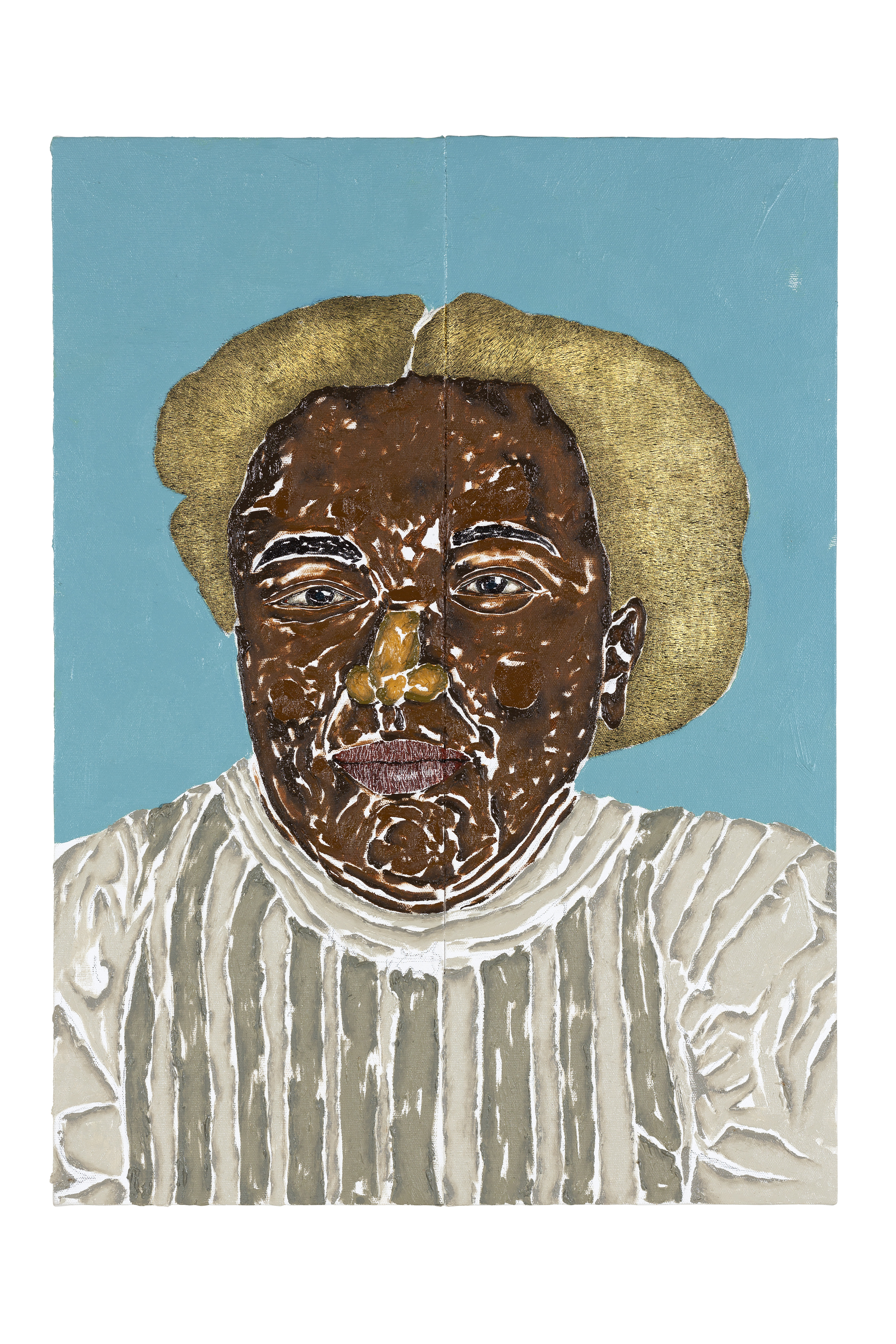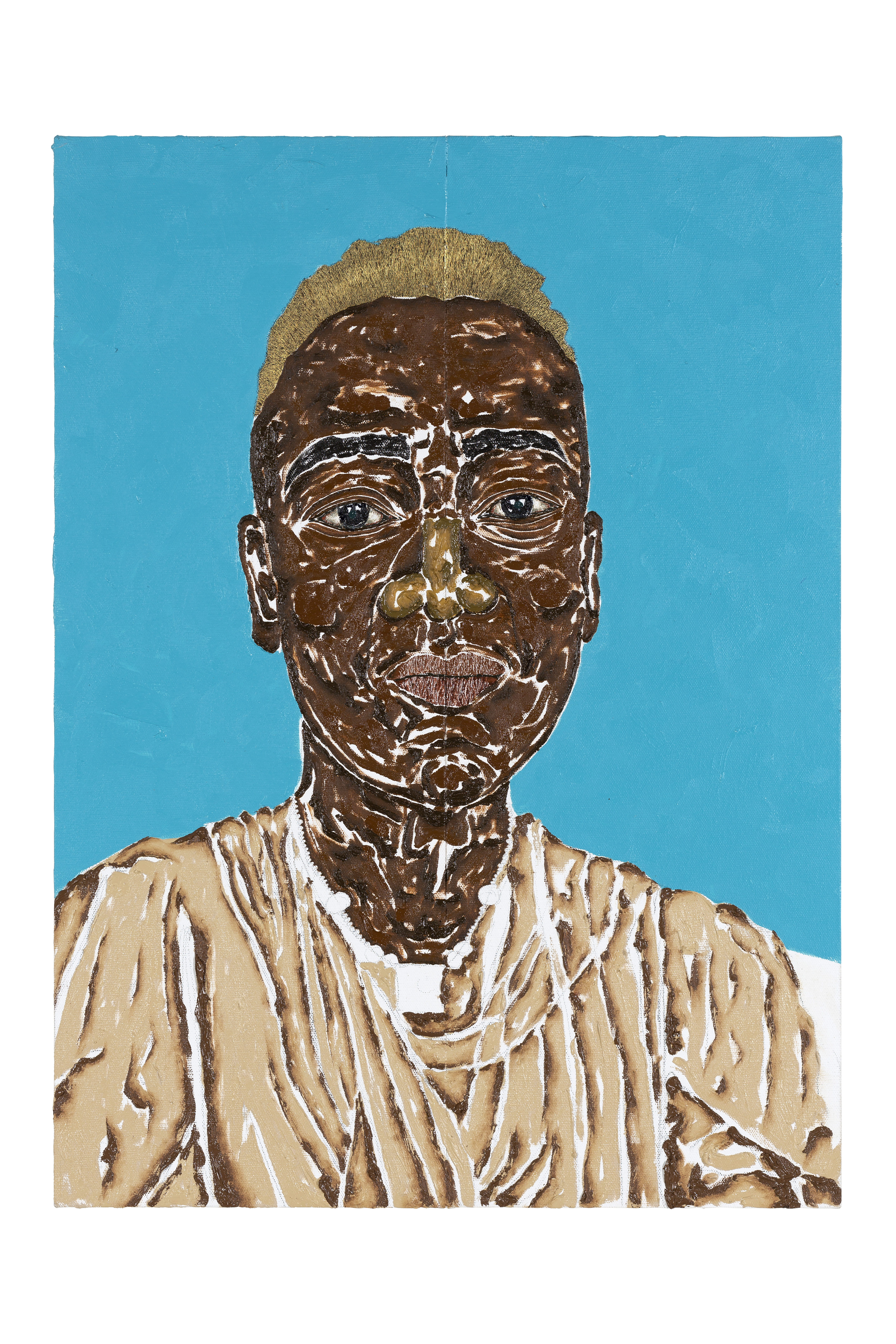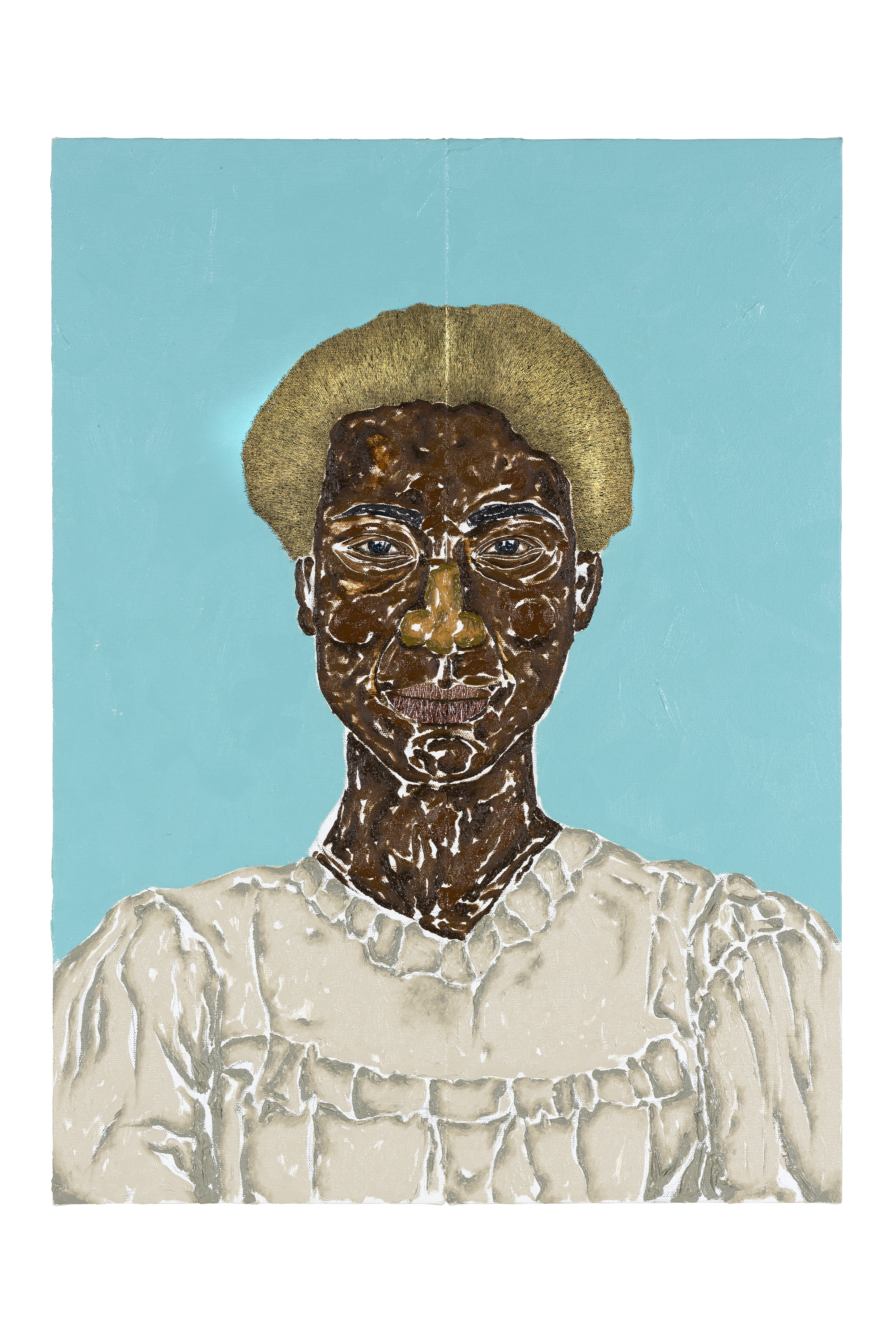Dalton Paula
Zeferina, 2018
Author:
Dalton PaulaBio:
Brasília, Brasil, 1982Title:
ZeferinaDate:
2018Medium:
Óleo sobre telaDimensions:
59 x 44 cmCredit line:
Doação do artista, no contexto da exposição Histórias Afro-Atlânticas, 2018Object type:
PinturaInventory number:
MASP.10808Photography credits:
MASP
Dalton Paula navigates multiple artistic languages. His main interests of work are the black body and Afro-Brazilian religions. These two paintings were commissioned for the exhibition Afro-Atlantic Histories (2018) at MASP. Here, Paula utilized biographical accounts to create portraits of two abolitionist leaders: Zeferina (19th century) and João de Deus Nascimento (1761–1799). Zeferina was brought to Brazil as a slave from Angola while she was still a child. She rebelled against the slave system and played a key role in the creation of the Quilombo do Urubu, a settlement of runaway slaves in the outskirts of Salvador, Bahia. A symbol of resistance, together with indigenous and fugitive enslaved men and women, Zeferina planned an uprising, killing the white population and gaining freedom. The insurrection was ultimately dismantled by the Imperial police, which sentenced her to death. João de Deus Nascimento was one of the martyrs of the Conjuração Baiana, known as the Conjuração dos Alfaiates or the Revolta dos Búzios (1798), a popular and emancipationist movement mainly carried out by free and enslaved black men and women, who fought against the slave system and the subsequent adoption of a republican government in Bahia. The movement’s plans were discovered by the Portuguese Crown, which condemned its leaders to death, including João de Deus. In portraying forgotten black leaders, Paula reflects on the erasures of these figures from traditional historical narratives, disseminating and celebrating their images.
— Adriano Pedrosa; Tomás Toledo, 2018
By Flávio dos Santos Gomes e Lilia Moritz Schwarcz
Sources point to her Angolan origins; in the first half of the nineteenth century, as a child, she would have traveled to Salvador with her mother, who taught her ancient knowledge and how to access the “nkisi.” In the Quilombo do Urubu, formed by men and women who attacked farms near Salvador, Zeferina organized the escape of enslaved and Indigenous people and thought of invading the city, killing its white population and guaranteeing the freedom of the captives. The invasion did happen, but the group was eventually defeated. Arrested, Zeferina was taken, bound and proud, to Praça da Sé, and then she was murdered. Recording the event, an official letter for the first time referred to a refuge for Black rebels as a “candomblé.” Today, the main mocambo of the quilombo is still considered a sacred place. There, quilombo remaining people (quilombolas) continue to face the genocide of Black youth, structural racism, and persecution against African-rooted religions.
— Flávio dos Santos Gomes and Lilia Moritz Schwarcz, originally published in Enciclopédia negra (São Paulo: Companhia das Letras, 2021). Translated from Portuguese by Aline Scátola, Pedro Ribeiro Nogueira, Rodrigo Maltez Novaes, and Tatiane Schilaro Santa Rosa.
